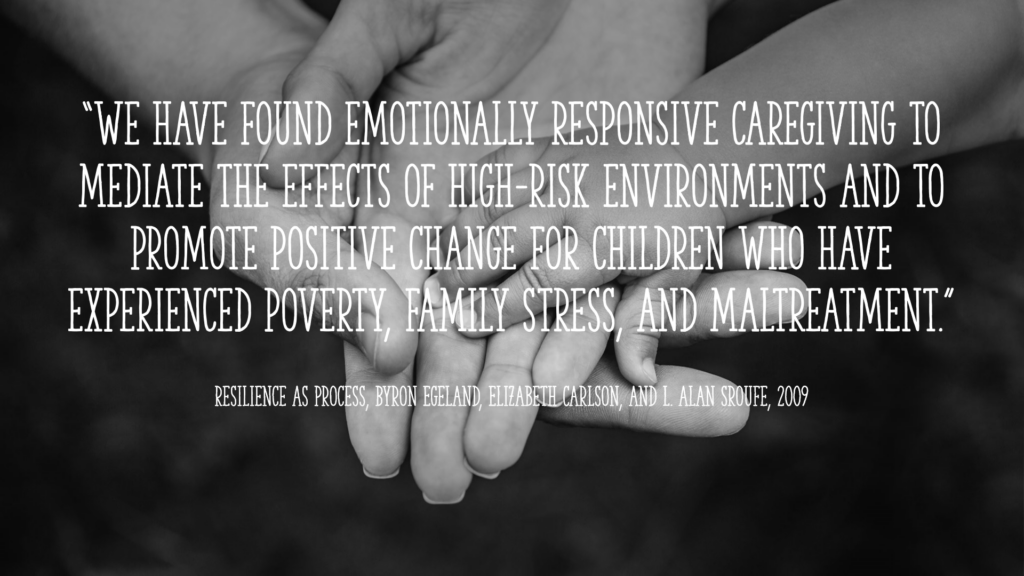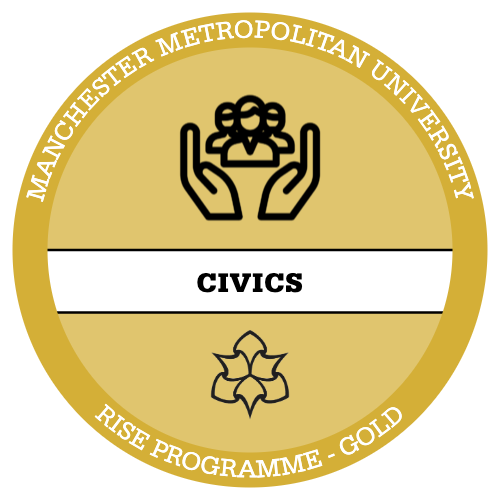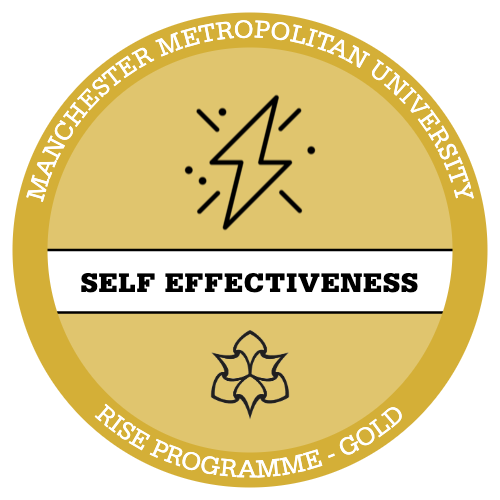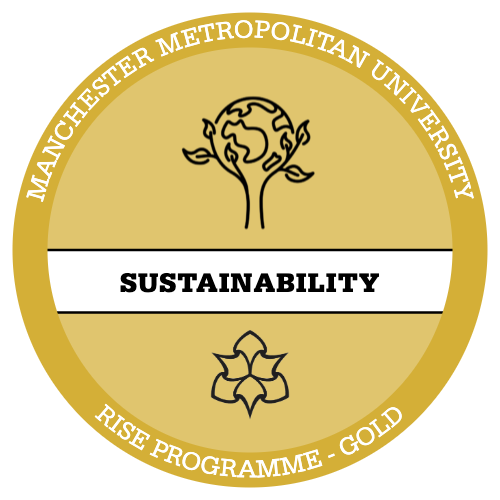Introduce
Many of the risk factors previously identified and discussed are ACEs. ACEs stands for ‘Adverse Childhood Experiences’. These experiences can included things like physical and emotional abuse, neglect, caregiver mental illness and household violence. Resilience plays an important role in the relationship between adverse childhood experiences (ACEs), social and emotional development, wellbeing and long term outcomes.
Image source: Center on the Developing Child
Research on Adverse Childhood Experiences (ACEs) began in 1995 and revealed that ACEs are common across all populations. The findings highlighted a clear link between the number of ACEs a person experiences in childhood and their likelihood of facing poorer outcomes later in life. In other words, as the number of ACEs increases, so does the risk of negative physical, mental, and social consequences. This research has since shaped our understanding of early adversity and its long-term impact, emphasising the need for early intervention and supportive relationships to help mitigate these risks.
Babies are obviously very different from older children developmentally, including their ability to understand and process trauma. A baby may be completely unaware of an ACE taking place, for example their father may end up going to prison. However, a baby could also be much more acutely impacted by the secondary effect of this same ACE: a sad, stressed and distracted mother.
Babies and young children do not have the developmental maturity to understand or process experiences of pain and trauma. For example, a baby would be unable to understand the death of their primary caregiver and would just experience the sense of being abandoned.
Develop
Research into ACEs has increased awareness of the lifetime impact of early adversity on children’s outcomes. The following video explains why this might be:
Toxic stress from ACEs can negatively affect children’s brain development, immune systems, and stress-response systems. These changes can affect children’s attention, decision-making, and learning. Children growing up with toxic stress may have difficulty forming healthy and stable relationships.
‘There are clear inequalities in the prevalence of ACEs, which leads to
UCL Institute of Health Equity (2015)
inequalities in impacts’
While children from all backgrounds may experience ACEs, there is a higher chance of children growing up in disadvantaged areas with lower socioeconomic status to be exposed to numerous ACEs. The inequality leading to greater exposure therefore risks poorer long-term outcomes for these children.
Fortunately, there are actions that can buffer a child against the impact of ACEs and build their resilience. These includes:
- Having time away from the source of trauma and fear
- Engaging in activities that bring pleasure and happiness
- An available, responsive adult who is supportive and consistent
- Ensuring that services and early years settings are trauma-informed

Reflect
Stop and Reflect: Greater Manchester are working to respond to the challenges of ACEs and build resilience by becoming an ACE-aware, trauma-informed and trauma-responsive city.
Spend some time researching how they are doing this.
– Focus on one particular approach or intervention and summarise how this might be promoting resilience.
You might want to start here: Trauma Responsive Greater Manchester (trgm.co.uk)







